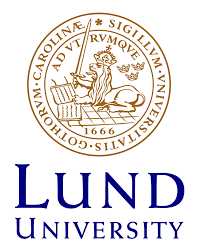Speaker
Description
The generation mechanism of neutrino mass is one of the major problems remained in the Standard Model. One of the possible solutions is to introduce exotic Higgs bosons which generate neutrino mass through the Seesaw mechanism. The SSDiLep group works on studying the doubly-charged Higgs bosons, predicted in a large variety of BSM models such as left-right symmetric model, Higgs triplet models and the little Higgs model. The unique characteristic of a doubly-charged Higgs boson is its decay product which always involves two particles of same charge. The lepton channel is particularly of interest for the SSDiLep group due to its low expected Standard Model background, especially at the region far away from the weak bosons resonance peaks. In previous studies with the consideration of two leptons ($e$ and $\mu$) resulting in three ways of combination for the final states, it was concluded that the limits on the mass of doubly-charged Higgs bosons with $Br(H_L^{\pm\pm}\rightarrow l^{\pm}l^{\pm})=100\%$ vary between 770 and 870 GeV for the $H_L^{\pm\pm}$ mass and between 660 and 760 GeV for the $H_R^{\pm\pm}$ mass. The limits for a branching ratio $Br(H_L^{\pm\pm}\rightarrow l^{\pm}l^{\pm})>10\%$ reduced to 450 GeV and 320 GeV for $H_L^{\pm\pm}$ and $H_R^{\pm\pm}$, respectively. One big improvement that can be made on the previous study is to include the third lepton tau into the analysis. Since tau is the heaviest particle of lepton family, it can decay into quarks leading to complicated background. Our current study on tau leptons focuses on the estimation of the background due to charge flip, which occurs when the detector correctly reconstructs the particle type but assigns it with a wrong electromagnetic charge. The data-driven likelihood charge flip estimation method is of particular interest and it was the method used on electrons in the last analysis by SSDiLep group. With a better estimation of the background, the desired same-sign lepton (particularly for tau) signals can be extracted.

